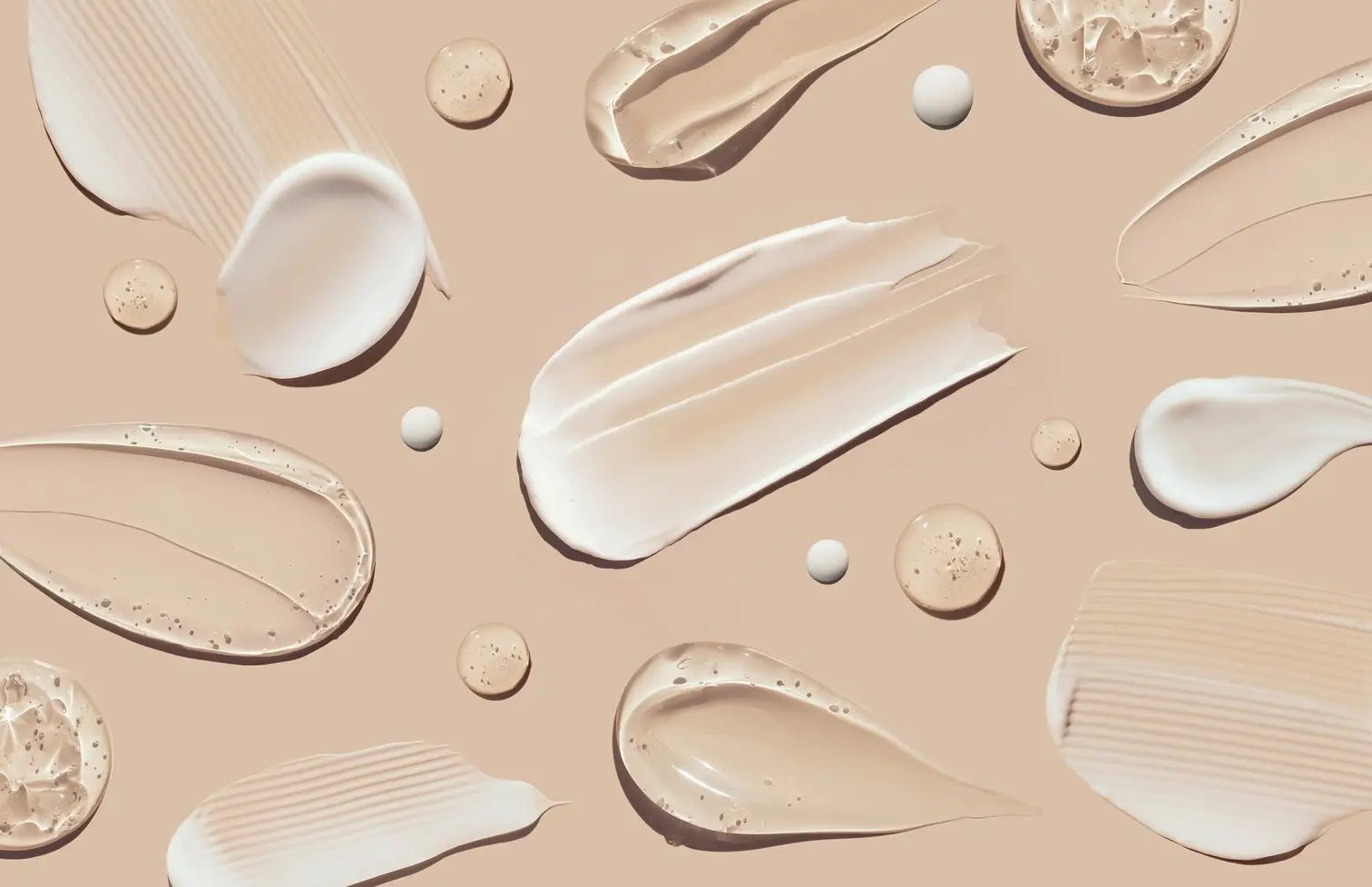Can I use retinol and hyaluronic acid at the same time?
Can I use retinol and hyaluronic acid at the same time?
What can you not mix with hyaluronic acid?
What can you not mix with hyaluronic acid?
What can you not mix with retinol?
What can you not mix with retinol?
Do you use retinol or hyaluronic acid first?
Do you use retinol or hyaluronic acid first?
Can you put hyaluronic acid over retinol?
Can you put hyaluronic acid over retinol?
How to layer retinol and hyaluronic acid
How to layer retinol and hyaluronic acid
How does OneSkin pair with hyaluronic acid and retinol?
How does OneSkin pair with hyaluronic acid and retinol?
- While hyaluronic acid and retinol are both known to improve skin texture and smoothness, hyaluronic acid tends to be more hydrating and works well with all skin types, whereas retinol tends to be harsher on skin and is not recommended for sensitive skin types.
- Hyaluronic acid is a moisturizing humectant, a compound with great water retention properties.
- Hyaluronic acid can be used alongside just about any ingredient.
- Retinol should not be used with other potentially irritating agents such as vitamin C, AHA’s, and BHA’s.
- Hyaluronic acid can be used with retinol to offset retinol’s potential irritating side effects.
- Hyaluronic should typically be used after retinol to preserve its effectiveness.
- While hyaluronic acid and retinol are both known to improve skin texture and smoothness, hyaluronic acid tends to be more hydrating and works well with all skin types, whereas retinol tends to be harsher on skin and is not recommended for sensitive skin types.
- Hyaluronic acid is a moisturizing humectant, a compound with great water retention properties.
- Hyaluronic acid can be used alongside just about any ingredient.
- Retinol should not be used with other potentially irritating agents such as vitamin C, AHA’s, and BHA’s.
- Hyaluronic acid can be used with retinol to offset retinol’s potential irritating side effects.
- Hyaluronic should typically be used after retinol to preserve its effectiveness.
- https://www.sciencedirect.com/topics/medicine-and-dentistry/humectant
- https://pubmed.ncbi.nlm.nih.gov/17515510/
- https://www.ncbi.nlm.nih.gov/pmc/articles/PMC6791161/
- http://barefacedtruth.com/2015/03/31/hyaluronic-acid-yes-size-does-matter/
- https://pubmed.ncbi.nlm.nih.gov/19245467/
- https://www.byrdie.com/can-you-use-retinol-and-vitamin-c-together-5220358
- https://www.byrdie.com/can-you-mix-hyaluronic-acid-and-retinol-5217416
- https://procoal.co.uk/blogs/beauty/how-to-layer-hyaluronic-acid-and-retinol
- Based on data from clinical studies and/or lab studies conducted on human skin samples, 3D skin models, and skin cells in the OneSkin lab. Explore more at oneskin.co/claims
- https://onlinelibrary.wiley.com/doi/epdf/10.1111/jocd.16242
- https://www.sciencedirect.com/topics/medicine-and-dentistry/humectant
- https://pubmed.ncbi.nlm.nih.gov/17515510/
- https://www.ncbi.nlm.nih.gov/pmc/articles/PMC6791161/
- http://barefacedtruth.com/2015/03/31/hyaluronic-acid-yes-size-does-matter/
- https://pubmed.ncbi.nlm.nih.gov/19245467/
- https://www.byrdie.com/can-you-use-retinol-and-vitamin-c-together-5220358
- https://www.byrdie.com/can-you-mix-hyaluronic-acid-and-retinol-5217416
- https://procoal.co.uk/blogs/beauty/how-to-layer-hyaluronic-acid-and-retinol
- Based on data from clinical studies and/or lab studies conducted on human skin samples, 3D skin models, and skin cells in the OneSkin lab. Explore more at oneskin.co/claims
- https://onlinelibrary.wiley.com/doi/epdf/10.1111/jocd.16242



